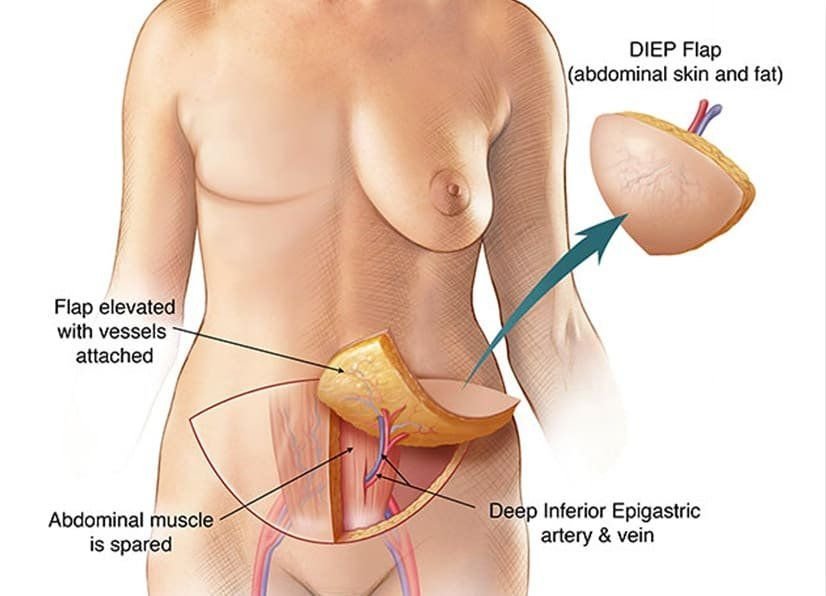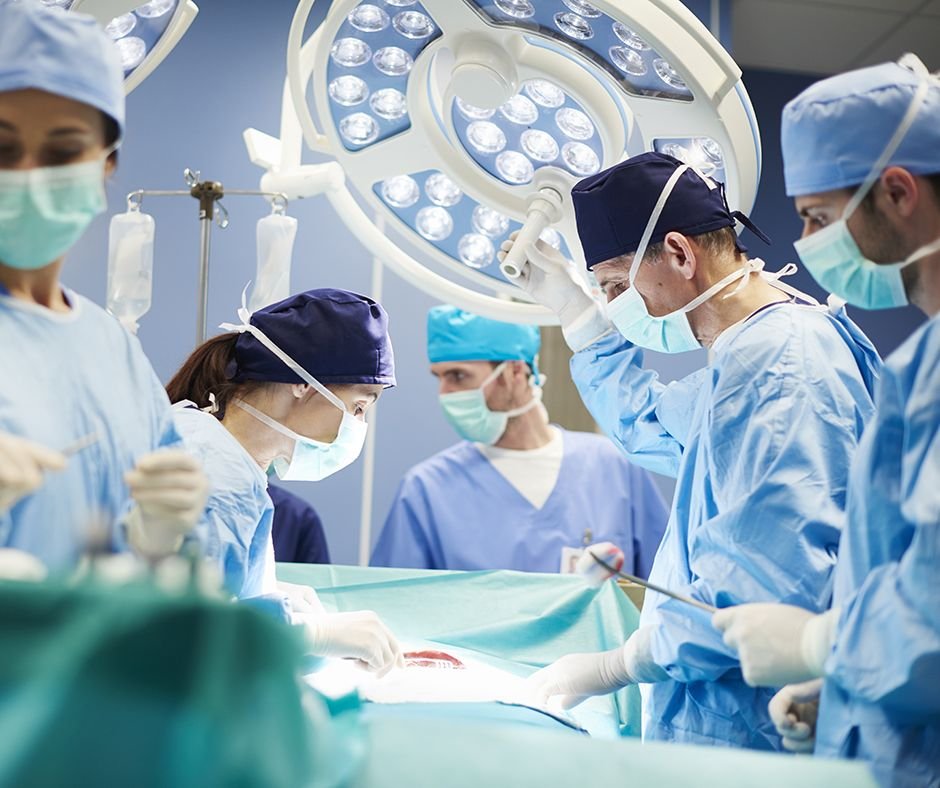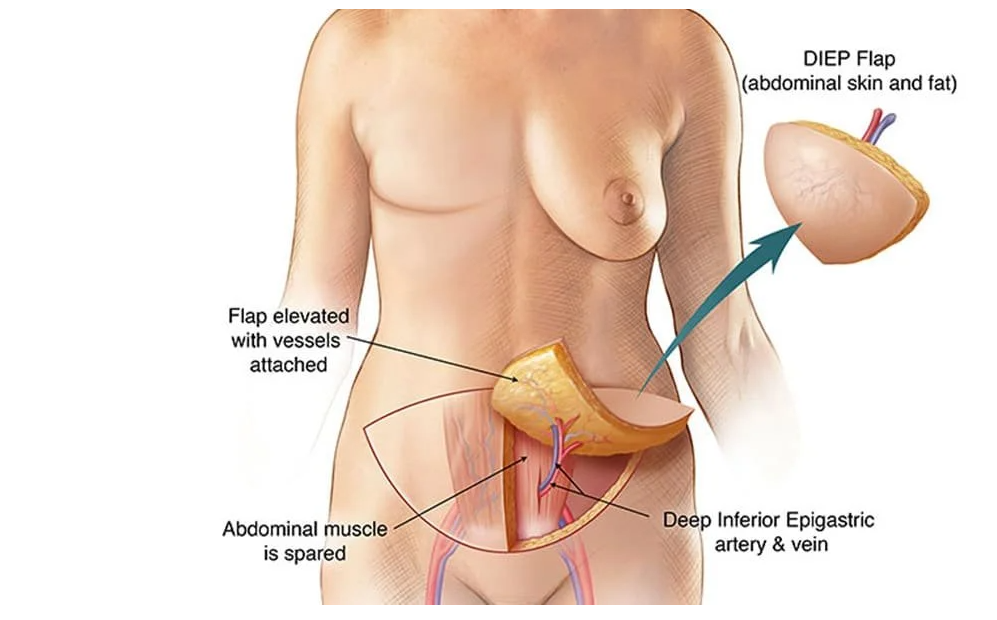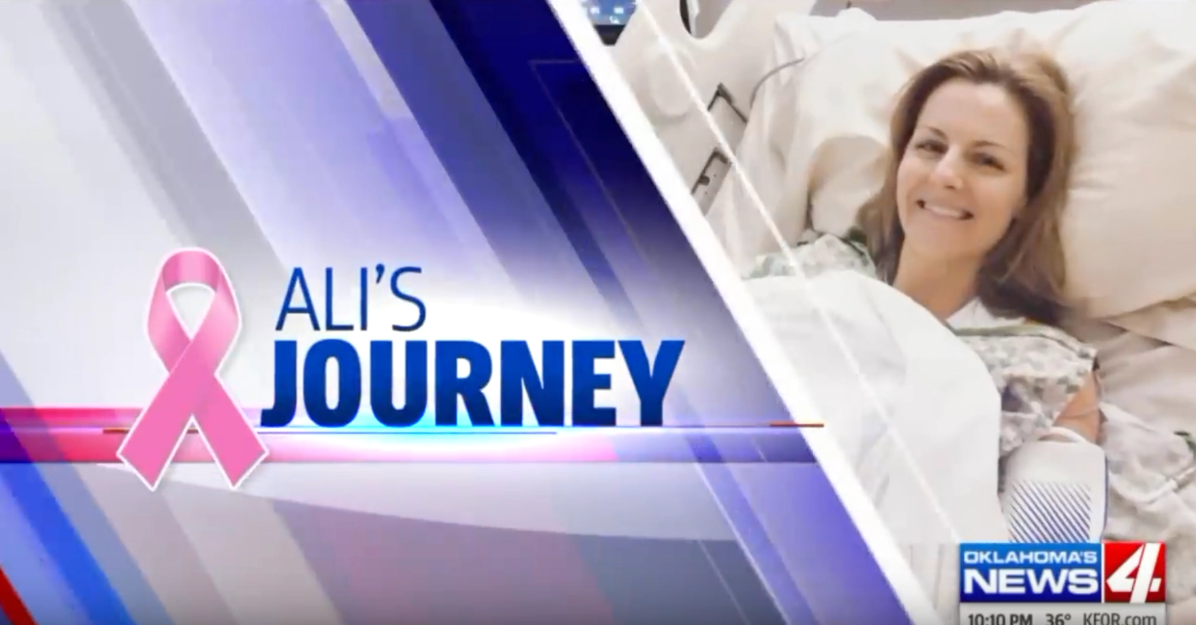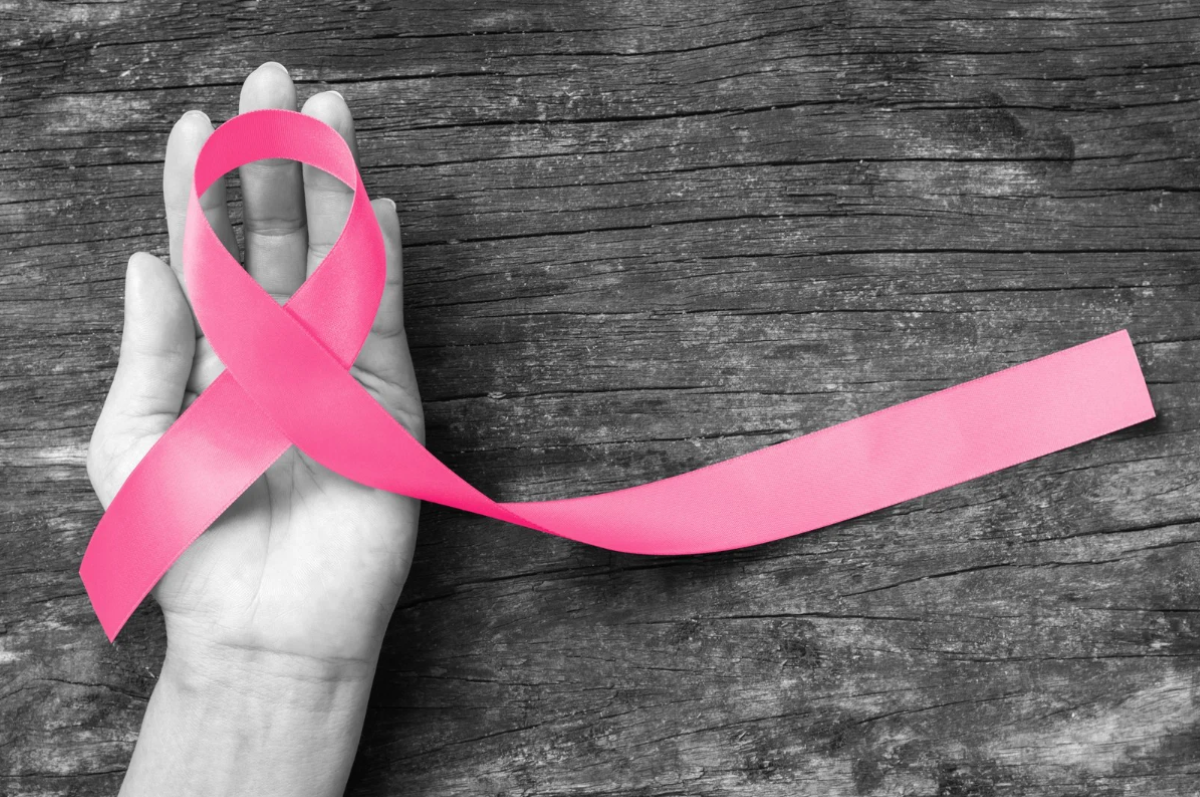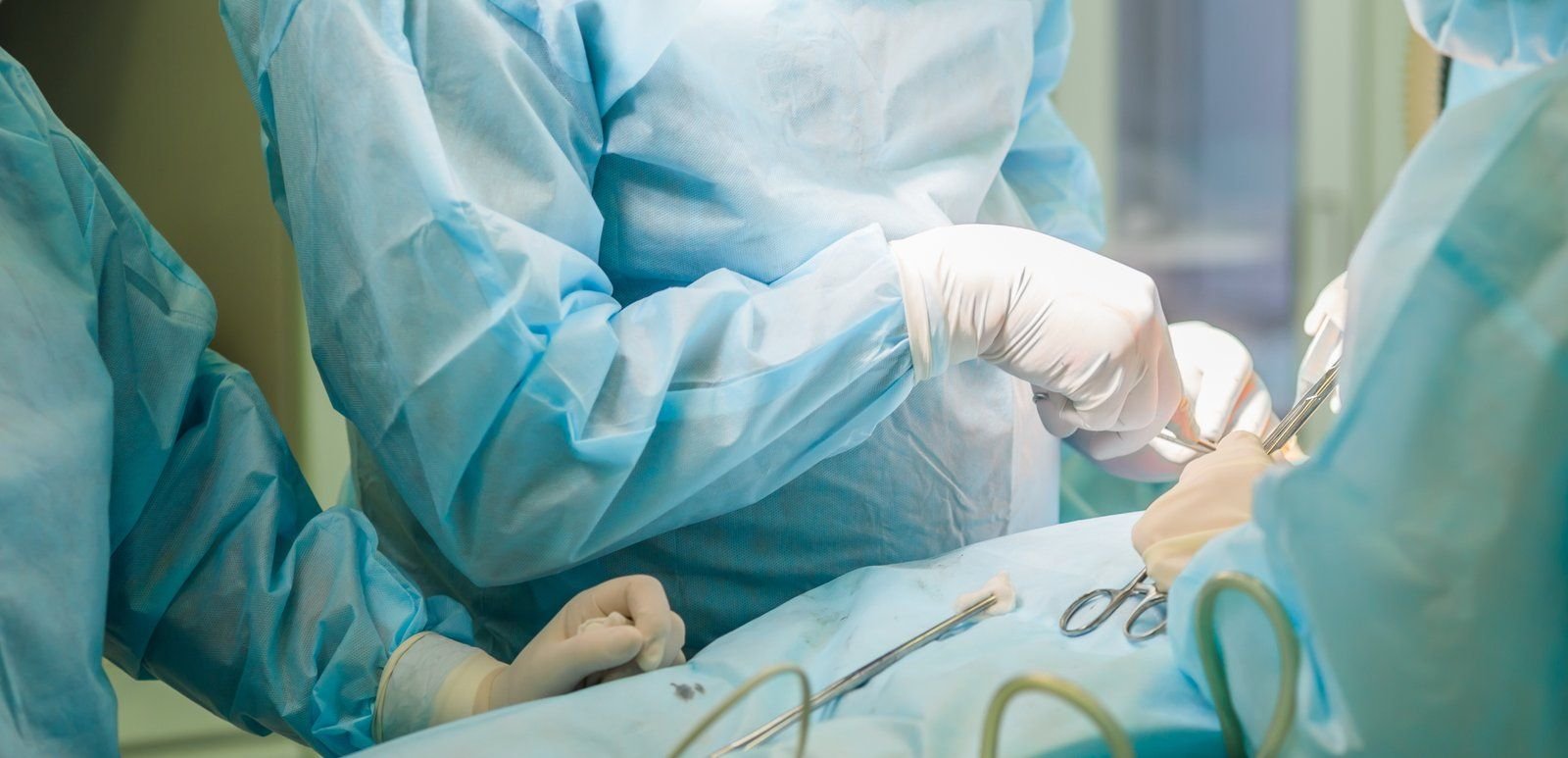Understanding DIEP Flap Breast Reconstruction: What Every Woman Should Know
Breast cancer is a journey no one asks to take, but for many women, it’s a path of resilience, strength, and ultimately, healing. After a mastectomy, one important decision is whether and how to reconstruct your breast(s). Among the many options, the DIEP flap procedure stands out as a highly advanced and natural choice for breast reconstruction. But what is it, and why do so many women choose this approach? Let’s dive in.
What is the DIEP Flap Procedure?
DIEP stands for Deep Inferior Epigastric Perforator, a technical term for specific blood vessels in your abdomen. In this procedure:
- Your Own Tissue is Used: Skin and fat are taken from your lower belly (much like a “tummy tuck”) to reconstruct the breast.
- No Muscle is Taken: Unlike older techniques, the DIEP flap spares your abdominal muscles, reducing recovery time and preserving your core strength.
- Microsurgery is Key: Surgeons reconnect tiny blood vessels to ensure the transferred tissue has a healthy blood supply.
The result? A reconstructed breast that looks and feels natural, made entirely from your body’s own tissue.
Why Choose the DIEP Flap?
Here’s why this procedure has become the gold standard for many women:
- Natural Results: Because your own tissue is used, the reconstructed breast has a natural look and feel.
- Permanent Solution: Unlike implants, which may need to be replaced over time, a DIEP flap reconstruction lasts a lifetime.
- Dual Benefits: The procedure also contours your abdomen, giving you a flatter stomach—an added confidence boost.
- Improved Healing and Recovery: Sparing the abdominal muscles minimizes post-surgery pain and lowers the risk of long-term weakness or hernias.
Who is a Candidate for DIEP Flap Reconstruction?
Most women who have enough tissue in their abdomen to create a breast mound are candidates for this procedure. It’s especially ideal if:
- You want a natural reconstruction without implants.
- You’re seeking a permanent solution.
- You’re in good general health and can safely undergo surgery.
Your surgeon will work with you to determine if the DIEP flap is the best option for your unique needs.
What Makes Us Different?
At Texas Center for Breast Reconstruction, our team specializes in advanced microsurgical breast reconstruction, with expertise that few centers can match:
- Extensive Experience: With nearly 2,000 successful cases and over 600 procedures annually, our surgeons have the skill and knowledge to handle even the most complex reconstructions.
- Personalized Care: We know every woman’s journey is different, and we’re committed to tailoring your reconstruction to your goals and body.
- State-of-the-Art Techniques: By using the latest technology and a team approach, we ensure the best outcomes for every patient.
What to Expect During Your Journey
- Consultation: We’ll discuss your medical history, goals, and options to create a personalized treatment plan.
- Surgery: The procedure typically takes 6–8 hours, with a hospital stay of 1–2 days.
- Recovery: Most women return to normal activities within 6–8 weeks. Our team is here to support you every step of the way.
Final Thoughts
Choosing breast reconstruction is a deeply personal decision, and it’s okay to take your time exploring your options. The DIEP flap procedure is a natural, lasting choice that has helped thousands of women feel whole again after breast cancer.
If you’re considering reconstruction or just want to learn more, we’re here to help. We combine world-class expertise with compassionate care to guide you through this important part of your healing journey.
